Human Skeletal System
The Human Skeletal System is the framework of bones that provides structure and support to the body. It consists of 206 bones in an adult whereas a newborn consists of 305 bones, including the skull, spine, ribcage, and limbs. Bones serve as the body’s scaffolding, supporting organs and tissues. Joints, where bones meet, enable movement. Bones also house bone marrow, crucial for blood cell production.
The skull protects the Brain, while the spine safeguards the Spinal Cord. Ribs shield vital organs like the heart and lungs. Limb bones facilitate mobility and muscle attachment. The skeletal system is dynamic, constantly undergoing renewal and repair. Additionally, it plays a role in mineral storage, releasing calcium as needed. Overall, the skeletal system is integral to bodily structure, movement, protection, and metabolic functions.
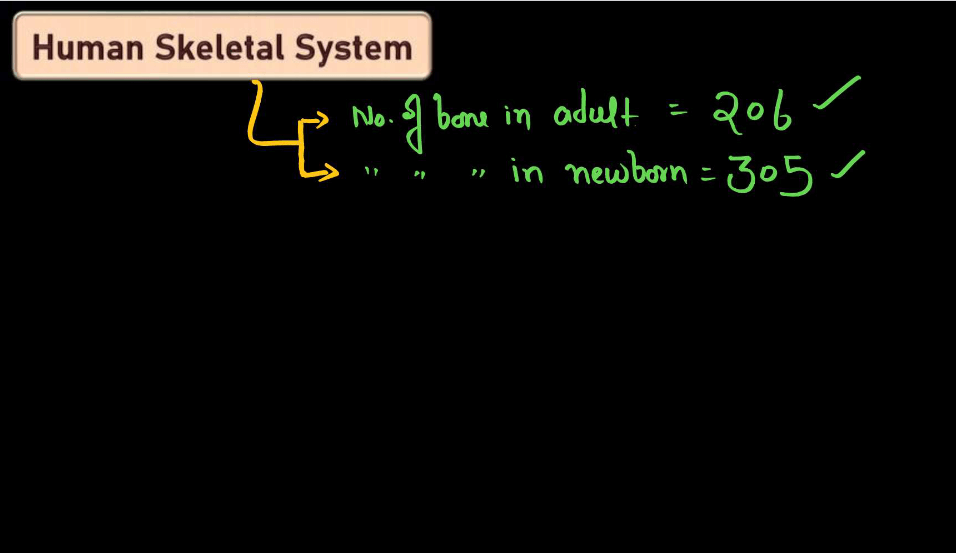
Structure of the Human Skeleton System
The Human Skeletal system is somewhat like the body’s framework. It is made up of bones, which are connected by joints. Imagine it as a big puzzle, with each bone fitting together perfectly. The skull protects the brain, while the spine keeps us upright. Our ribs guard our vital organs like the heart and lungs. Arms and legs have long bones like the humerus and femur, which help us move. And our hands and feet have lots of smaller bones that let us grab things and walk. So basically, it is like a giant puzzle that holds us together and helps us move around.
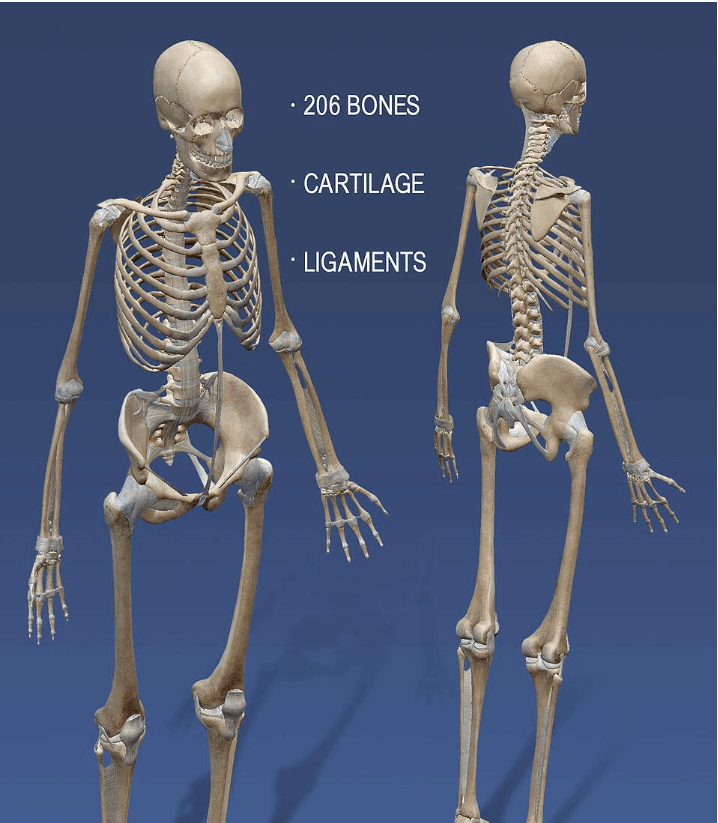
Anatomy of the Skeleton System
The anatomy of the Human Skeleton system is divided into two parts: the Axial Skeleton System and the Appendicular Skeleton system.
| Anatomy of the Skeleton System | |
| Skeletons | Description |
| Axial Skeleton | The axial skeleton is the central part of the human skeleton, including the skull, vertebral column, and rib cage. It provides support, protects vital organs, and facilitates bodily movement. |
| Appendicular skeleton | The appendicular skeleton consists of limbs and their associated girdles (shoulder and hip), connecting to the axial skeleton. It enables movement and supports the body’s outer structures like arms and legs. |
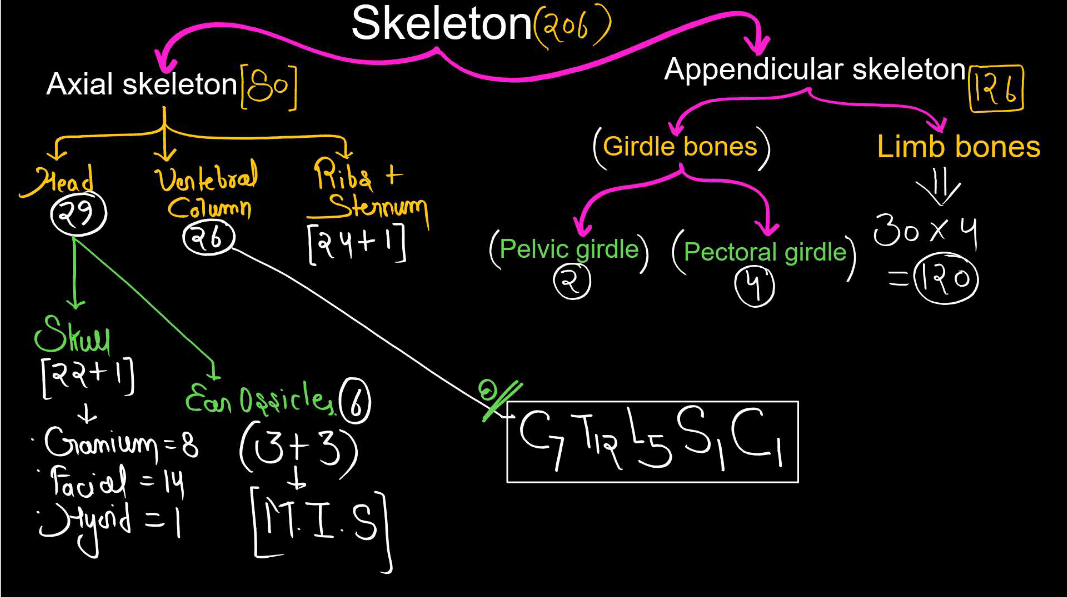
Axial Skeleton
The axial skeleton is the central core of the human skeletal system, composed of approximately 80 bones. This vital framework encompasses the skull, vertebral column, and rib cage. The skull shields the Brain, while the vertebral column provides support for the body and houses the Spinal Cord.
Connecting to the spine, the ribs form the protective rib cage, which safeguards critical organs such as the Heart and lungs. Beyond its protective role, the axial skeleton contributes to body movement and stability. By anchoring muscles and providing a structural foundation, it plays a crucial role in maintaining overall bodily integrity and facilitating various physiological functions.
Appendicular skeleton
On the other hand, the appendicular skeleton complements the axial skeleton and comprises the bones of the limbs and their associated girdles totaling 126 bones. Divided into the upper and lower limbs, it includes the shoulder girdle, arms, pelvic girdle, and legs. The shoulder girdle attaches the upper limbs to the axial skeleton, and the pelvic girdle connects the lower limbs.
The arms consist of the humerus, radius, and ulna, facilitating upper limb movement, while the legs include the femur, tibia, and fibula, supporting lower limb functions. The appendicular skeleton facilitates a wide range of movements, allowing for actions such as walking, running, and manipulating objects. By providing the necessary support and mobility, the appendicular skeleton complements the axial skeleton in ensuring the overall functionality of the human body.
Parts of the Human Skeleton System
The Human skeleton system is further divided into three different parts namely: Bones, Joints, and Cartilage.
| Different Types of Human Skeleton System | |
| Parts | Description |
| Bones | Bones are hard, rigid structures in the body that provide support, protect organs and enable movement. They are made of minerals like calcium and phosphorus and contain bone marrow. |
| Joints | Joints are the connections between bones that allow movement. They can be immovable, like those in the skull, or movable, like those in the knees and elbows. |
| Cartilage | Cartilage is a tough, flexible tissue found in the body, often between bones in joints. It cushions bones, reducing friction and preventing them from rubbing against each other. |
Bones
Bones are the hard, rigid parts of your body that make up your skeleton. They provide support and structure, allowing you to stand. Bones come in various shapes and sizes, from the small bones in your fingers and toes to the large ones like your thigh bone or skull. Inside bones, there is bone marrow, which produces blood cells and stores fat. Bones are made mostly of collagen, a protein that provides flexibility, and calcium phosphate, a mineral that gives them strength. They also serve as a protective shield for delicate organs like the brain and heart. Overall, bones are crucial for your body’s stability, movement, and protection.
Types of Bones
There are mainly five different types of bones in the Human Body:
- Long Bones: These are longer than they are wide and have a shaft with heads at both ends. Examples include the femur and humerus.
- Short Bones: These are roughly equal in length and width and often have a cube-like shape. Examples include the bones of the wrist (carpals) and ankle (tarsals).
- Flat Bones: These are thin, flat, and often curved. They provide protection and a broad surface for muscle attachment. Examples include the skull bones, ribs, and scapula.
- Irregular Bones: These have complex shapes that don’t fit into the other categories. Examples include the vertebrae and certain facial bones.
- Sesamoid Bones: These are small, round bones embedded within the tendon, where they protect the tendon from stress and wear. The patella (Kneecap) is the largest sesamoid bone in the body.
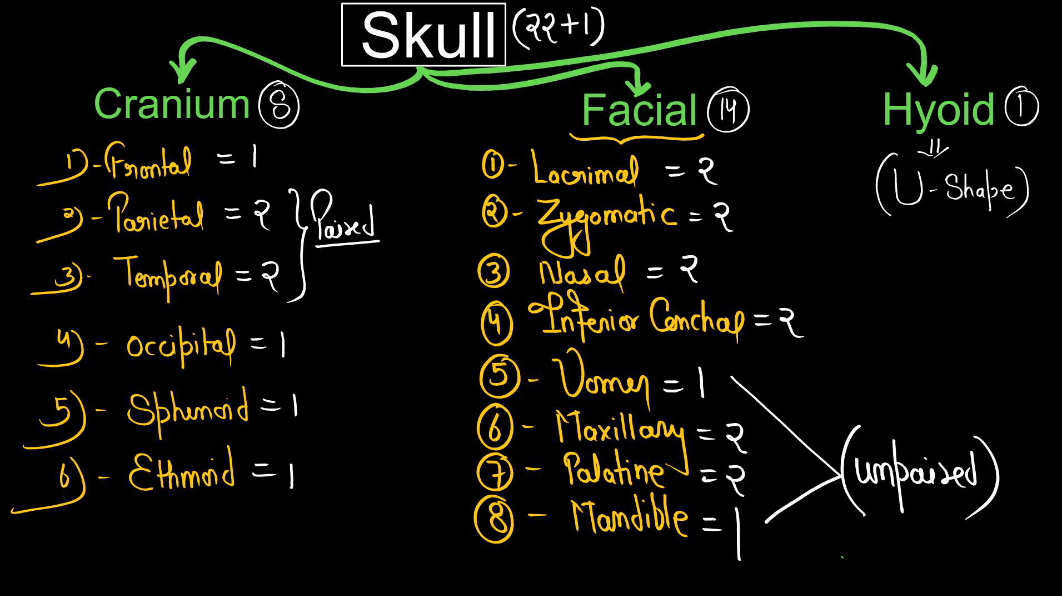
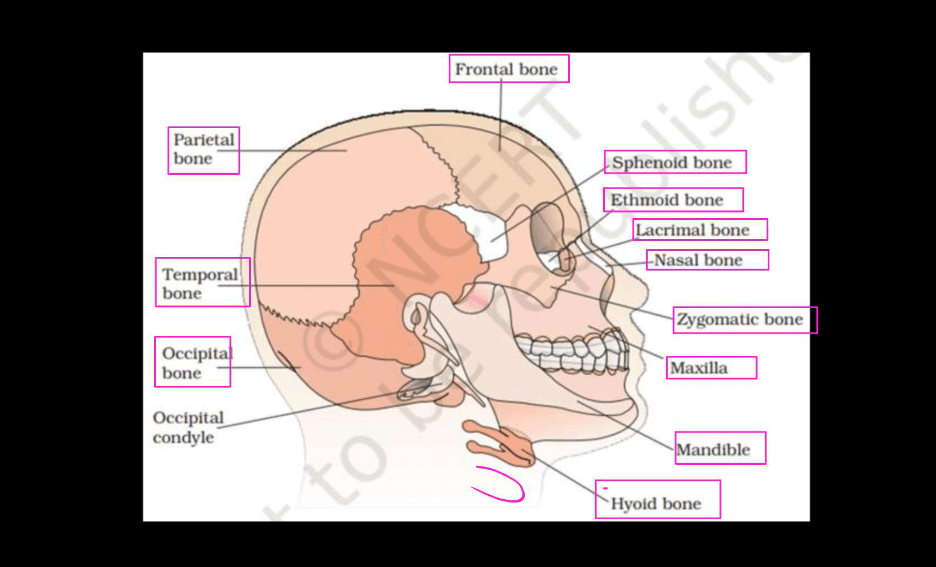
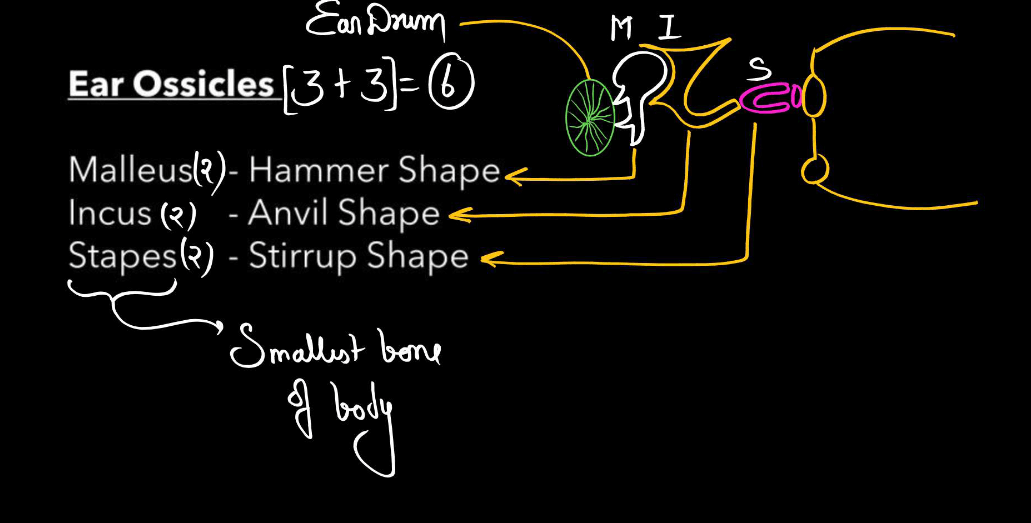
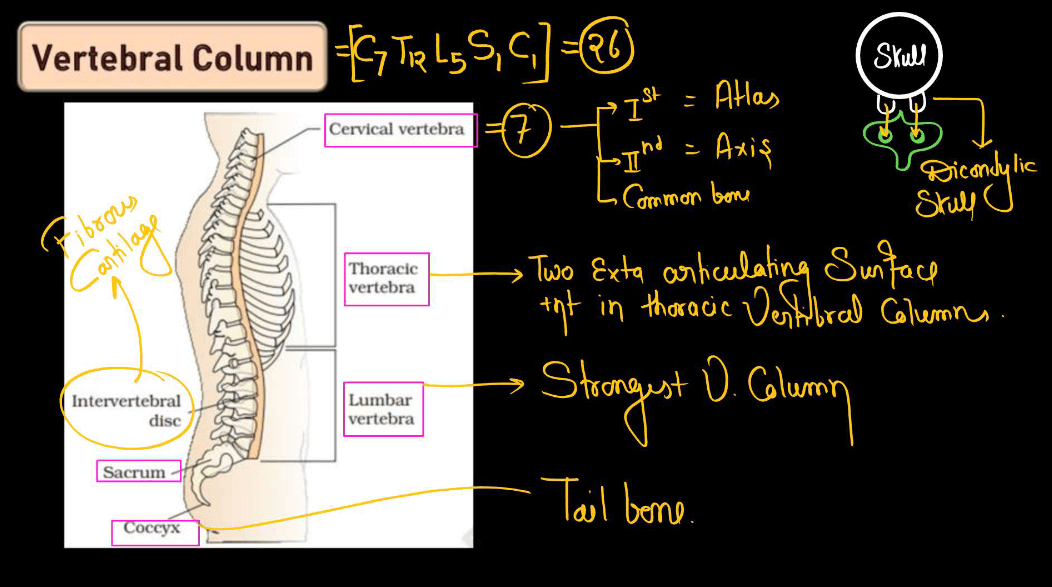
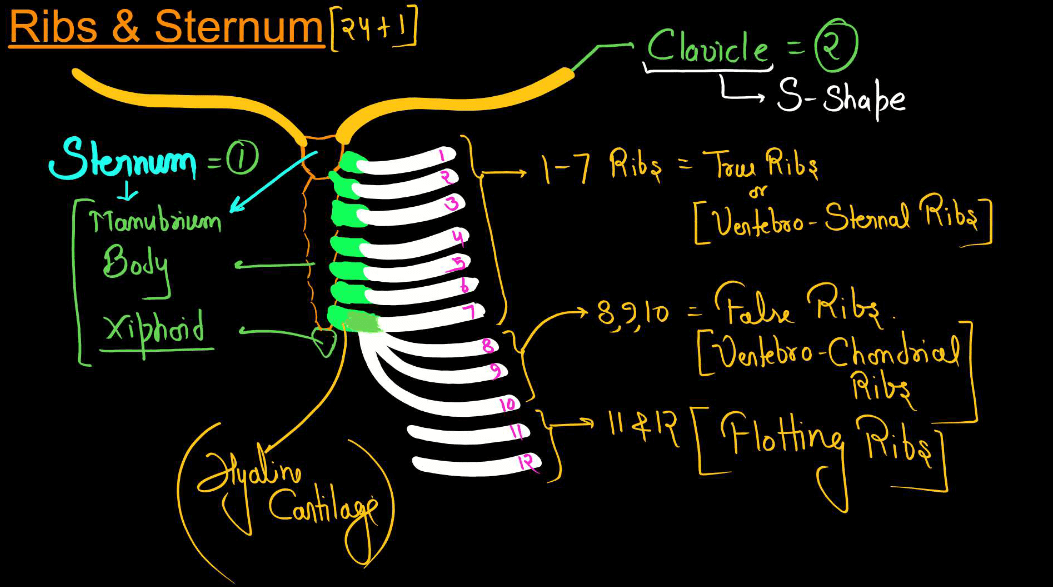
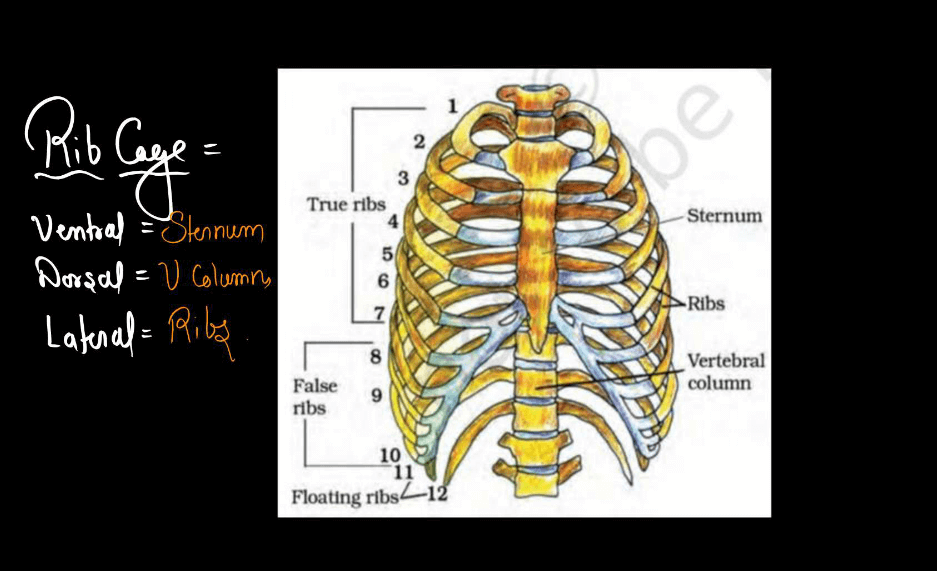
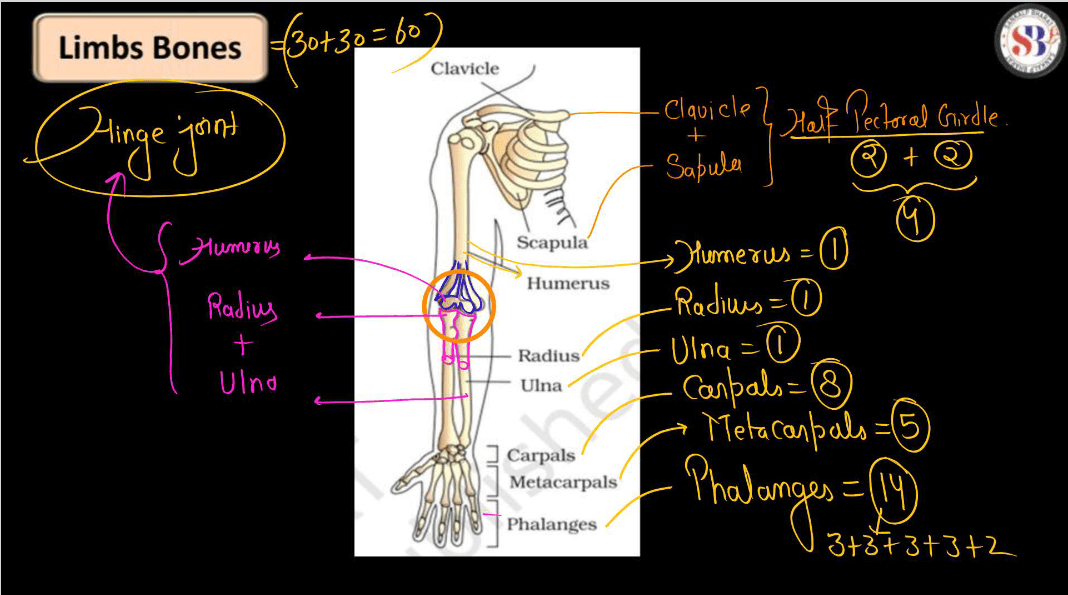
Joints
Joints are where two or more bones meet in a body. They allow movement and provide support to our skeleton. Think of them as the hinges or connections in our bodies that enable us to bend, twist, and move in different directions. There are different types of joints, including hinge joints like those in our elbows and knees, ball-and-socket joints like our shoulders and hips, and pivot joints like those in our necks. These joints are held together by the ligaments, and some have cartilage to cushion the bones and reduce friction during movement. Keeping joints healthy through exercise, proper nutrition, and avoiding injury is crucial for overall mobility and well-being.

Types of Joints
There are several types of joints in the human body, including:

- Fibrous Joints: These joints are connected by fibrous tissue and allow minimal movement. Examples include Sutures in the skull.
- Cartilaginous Joints: These joints are connected by cartilage and allow slight movement. Examples include the joints between vertebrae.
- Synovial Joints: These are the most common joints in the body and allow free movement. They are characterized by a synovial cavity filled with synovial fluid. Examples include knee, hip, and shoulder joints.
Within synovial joints, there are further classified based on their structure and movement, such as hinge joints (e.g., elbow), ball-and-socket joints (e.g., hip, shoulder), pivot joints (e.g., neck), saddle joints (e.g., thumb), and gliding joints (e.g., wrists, ankles).


Cartilage
Cartilage is a tough, flexible tissue found throughout the body, serving as a cushion between bones in joints. It is smooth and slippery, allowing bones to glide over each other smoothly during movement. Cartilage also provides structural support to various parts of the body, such as the nose, ears, and windpipe. Unlike bone, cartilage doesn’t contain blood vessels or nerves, which is why it heals slower than other tissues when injured. There are different types of cartilage, including hyaline cartilage, found in joints; fibrocartilage, found in areas needing additional support like the knee and intervertebral discs; and elastic cartilage, found in the ear and nose, providing flexibility and shape.
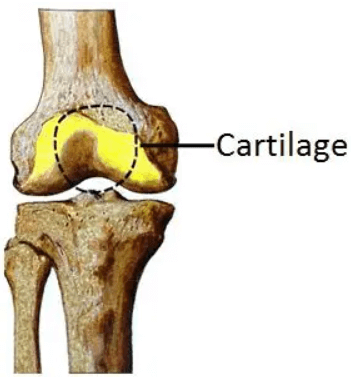
Types of Cartilage
- Hyaline Cartilage: Found in the nose, trachea, larynx, and ends of long bones. It provides support with some flexibility.
- Elastic Cartilage: Found in the outer ear, epiglottis, and larynx. It is more flexible than hyaline cartilage due to its elastic fibers.
- Fibrocartilage: Found in the intervertebral discs, public symphysis, and certain tendon insertions. It is the toughest type of cartilage and provides both support and shock absorption.
Physiology of Skeleton System
As we know that understanding the multifaceted roles of the skeletal system provides insight into its essential contributions to overall human physiology. Below we have discussed a few points on the physiology of the skeleton system:
- Structural Support: The skeletal system provides structural support for the body, serving as a framework that maintains the shape and form of various tissues and organs.
- Protection of Vital Organs: Bones act as protective shields for delicate internal organs. For example, the ribcage protects the heart and Lungs, while the skull safeguards the brain.
- Facilitation of Movement: Joints, formed by bones, muscles, and connective tissues, enable body movement. Muscles attach to bones, and when they contract, they cause movement at these joints.
- Blood Cell Production (Hematopoiesis): The bone marrow within certain bones is a crucial site for hematopoiesis, where blood cells, including Red Blood Cells, Platelets, and White Blood Cells, are produced.
- Mineral Storage: Bones serve as a reservoir for essential minerals, primarily calcium and phosphorus. When the body needs these minerals for various physiological processes, bones release them into the bloodstream.
- Metabolic Function: Bones play a role in regulating mineral balance and acid-base equilibrium. They participate in maintaining appropriate levels of calcium and phosphate levels of calcium and phosphate.
- Sensory Functions: Bones contain sensory receptors that contribute to proprioception – the sense of the body’s position in space. This feedback helps in coordinating movements and maintaining balance.

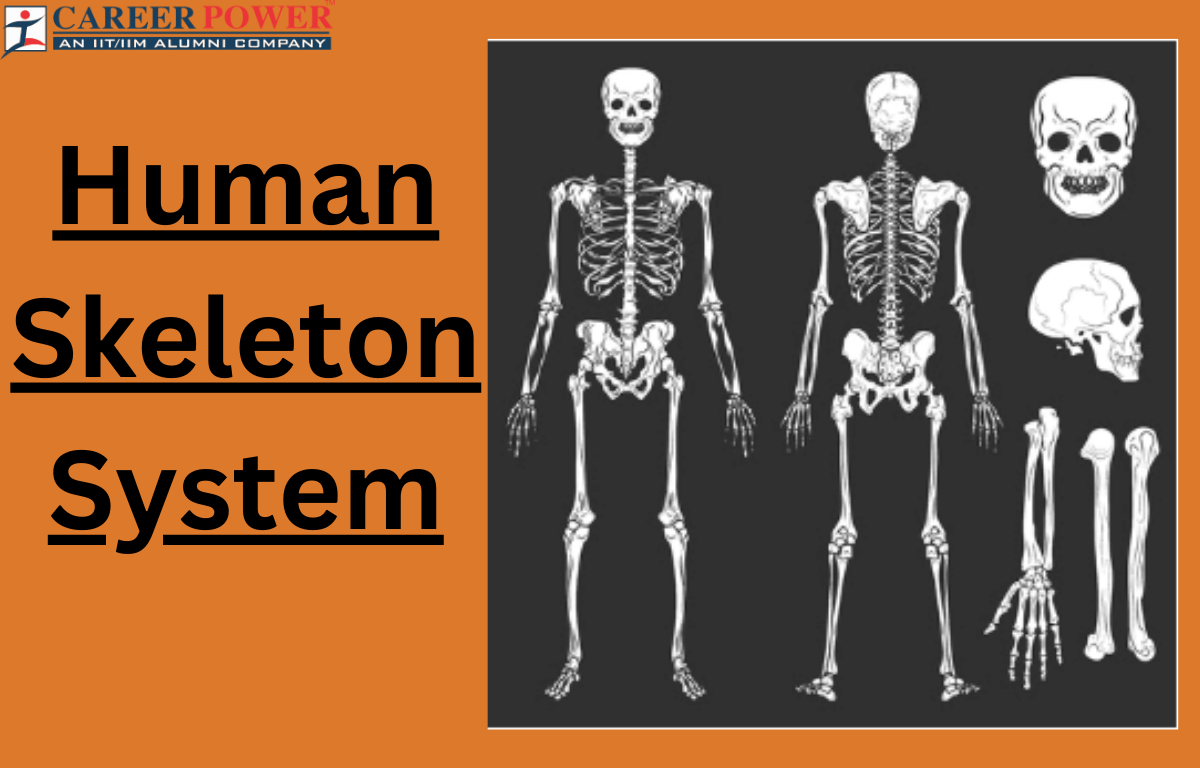

 50 Vegetables Name for Kids in English a...
50 Vegetables Name for Kids in English a...
 Food Chain: Definition, Types, Examples,...
Food Chain: Definition, Types, Examples,...
 Human Respiratory System: Definition, Di...
Human Respiratory System: Definition, Di...













